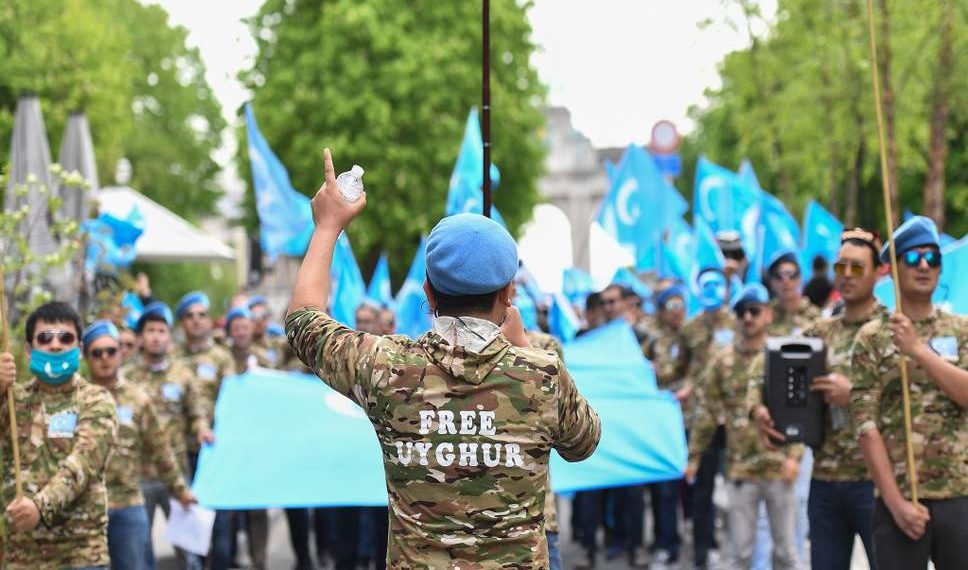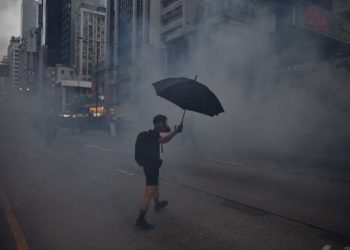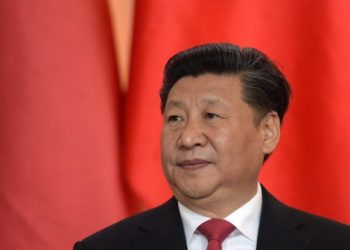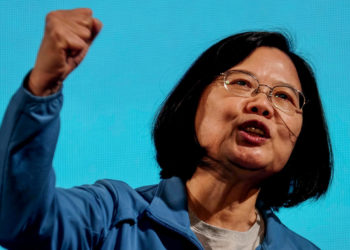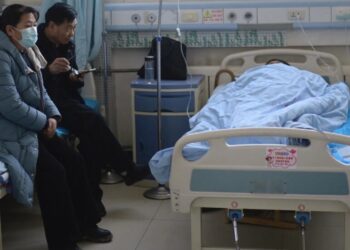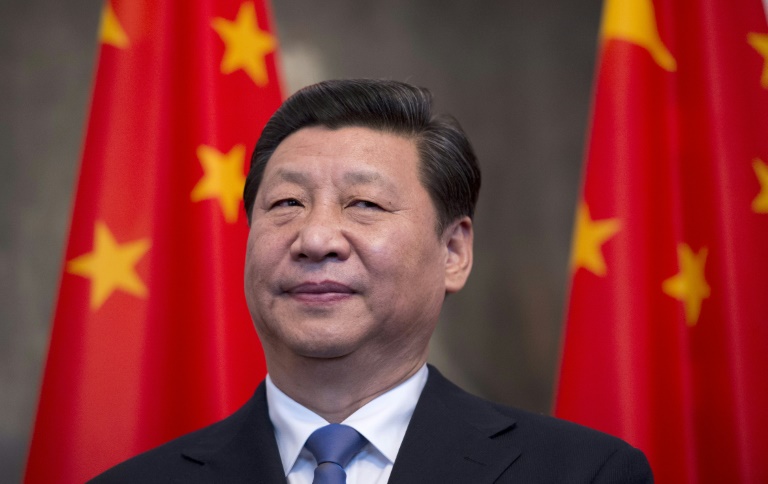In late July, Chinese government outlets announced that a large number of detainees of the “reeducation centers” in its northwestern Xinjiang Uyghur Autonomous Region had been released and that 90 percent of them had successfully found employment. The releases in itself are good news, but it does not necessarily mean that these people are now safe or in a better place.
Since May 2017, between one and three million indigenous Uyghurs and other Turkic peoples have been held in different forms of detainment in Xinjiang. The news of their release was greeted with skepticism internationally. Only two weeks earlier, 22 countries had signed a letter to the U.N. rights chief condemning China’s treatment of Xinjiang’s minorities. A counter letter applauding Beijing’s efforts to fight radicalism and extremism was subsequently signed by a group of first 38 and then 50 nations.
https://twitter.com/anujg/status/1157722892718600192
The developments open up several questions. Have people really been released? What is their situation now? And how genuine is the involved parties’ commitment to helping these minorities?
China’s Policy Shift
Beijing’s report of the releases is significant in itself. Along with extended media campaigns and the showcasing of selected camps to international journalists and diplomats, it demonstrates that the negative attention bothered the government and provoked a reaction – at least in discourse.
Despite official rhetoric of the camps’ successes, the move signals Beijing’s undeniable recognition that the centers were not a sustainable measure. It is up for debate how much of this is because of negative stories in the world press, hidden diplomatic pressure, or economic considerations.
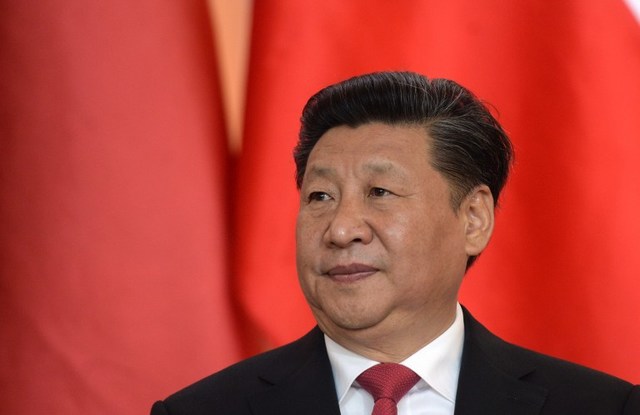
The camps are costly to uphold, and the local economy has suffered under the absence of workforce and consumers. Moving the detainees into employment is certainly more efficient. Whether it is also more humane depends on the conditions they now live and work under.
The region’s observers concede that probably a large percentage is indeed no longer in the camps. That is good news, but it does not mean that these people are now safe, well, or even in a better situation. Some have received lengthy prison sentences while many others seem to have been released into house arrest or forced labor. They face continued indoctrination and constant surveillance while struggling with the traumas caused by months in detention. It is by no means certain that the majority of the released have been reunited with their children and spouses.
Xinjiang’s Camps
To better understand what the reported release could mean for the Uyghurs and Xinjiang’s other minorities, let us take a closer look at what we know about the camps and their surroundings.
First and foremost, there’s not merely one kind of camp; instead, there are several types with gradual differences regarding closedness and living conditions. This gradation extends further into the heavily surveilled and guarded villages and neighborhoods of minority populations. There is no clear line between captivity and freedom, nor indeed is there freedom in any meaningful sense in Xinjiang.
Despite the reeducation centers receiving the most attention, they only make up one part of the vast network of camps. The most common and notorious are the detention centers, where suspects of crime and wrongdoing are held, interrogated, and abused, often for over a year without facing trial. Those found guilty continue to prisons. Those found not guilty or whose cases are dropped transfer to reeducation camps, where they are taught the “right way of thinking” and the skills needed to be released back into society.
Some reeducation camps are similar to detention centers with longer hours of teaching, sessions of self-criticism, and rote learning of propaganda. Armed guards regularly pull students out for punishment and interrogation.
In other centers, the conditions are much better. Former detainees report good food, normal bunk beds, and a respectful tone not unlike the conditions displayed in Chinese propaganda videos. In some camps, detainees are trained in industrial crafts, and in others, they produce commodities like light bulbs or fuses.
Not all camps are fully closed. In some, occasional visits by relatives are allowed. In others, inmates return home to visit family once a week. Some students even live at home while studying in the center during the daytime. Every minority member in southern Xinjiang comes at least in for occasional political lessons and flag-raising ceremonies. They need permission to leave their village or local area. The neighborhoods are fully surveilled, and many households receive visits from Han-Chinese cadre staying in their homes to teach them and report on them.
Since 2016, nightly house raids, weekly police visits, and random arrests have become the norm. With county quotas for detentions and corrupt officials misusing the situation, people have been detained for mere greetings on their phones, unspecified “suspicious behavior,” “offenses” committed decades earlier, local customs that used to be accepted practice, or for contacting relatives abroad. The increase of surveillance, policing, and mass incarceration has created an environment of fear and mutual suspicion.
This means that those no longer in the camps are not necessarily in a better place now. The situation has become harder to monitor, and likewise, the solutions are less clear. If the centers have been closed down, then why was this done and where are these people now?
‘Successful Employment’ and Western Companies
A large number of formerly detained Uyghurs has likely moved to “successful employment” in sweatshop-like factories on low-wage contracts that they signed to be released or to avoid further persecution. This makes them uncannily similar to so many other victims of neoliberal capitalism that are sewing cheap t-shirts or producing toys and electronics around the world, often for companies heavily intertwined with Western governments and markets.
The New York Times estimated that half of the biggest European companies do business in Xinjiang and that some, like Volkswagen, Siemens, and Telefónica, have publicly proven to be shockingly unconcerned with the ethical aspects of this involvement. The same is true of many of the largest U.S. companies engaged in the region.
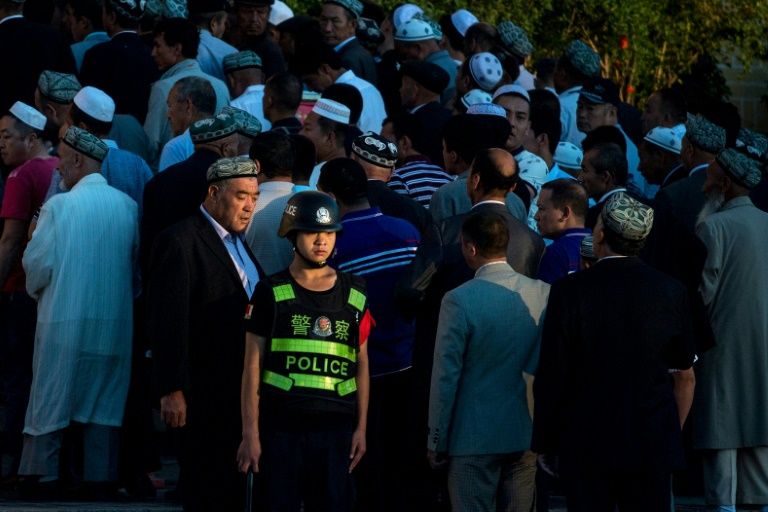
The involvement of western companies, the possible substitution of reeducation camps for factories, and the development of surveillance, policing, and militarization put this story into a more global perspective that many of the west’s ardent China critics seem reluctant to see. There are many other areas of the world where companies and governments trample human rights. What does it mean to rightfully defend human rights in one place while supporting and defending violations somewhere else?
Genuine and Credible Condemnation
The countries condemning and supporting China’s Xinjiang policies align unsurprisingly well with current political divisions. Both lists seem to reflect less a genuine concern for human rights and are more a display of different political loyalties. There is little credibility in human rights claims when one only recognizes violations committed by political or economic enemies.
Condemnation of China’s policies in Xinjiang is hardly compatible with support for India in Kashmir, Israel in Palestine, Turkey’s attacks on Kurds, or various western wars of intervention. It is also not ethnically compatible with the acceptance of sweatshops and mines run by multinational corporations around the world.
Factories of Turkic Muslim internment, part of China’s reeducation camp system, are subsidized and directed by the state, and employ many former detainees at a fraction of minimum wage.
Companies, both Chinese and foreign, are taking advantage https://t.co/3qghBeSBVB by @dtbyler pic.twitter.com/zLfc58bRRE
— The China Project (@thechinaproj) September 4, 2019
To be genuine and credible, the necessary condemnation of securitization and systematic incarceration in Xinjiang requires the framing of a general critique of mass surveillance, militarization, and a global exploitative economic system. It requires recognition of and solidarity with the oppressed and exploited, also in our own spheres of influence and history, even of those from which we benefit.
The atrocities in Xinjiang must be condemned, but not as a singular crime of a demonic other. Rather, they are one of many present-day examples of suppression and exploitation resulting from worldwide inequality and state-sanctioned violence.
Disclaimer: The views and opinions expressed here are those of the author and do not necessarily reflect the editorial position of The Globe Post.

